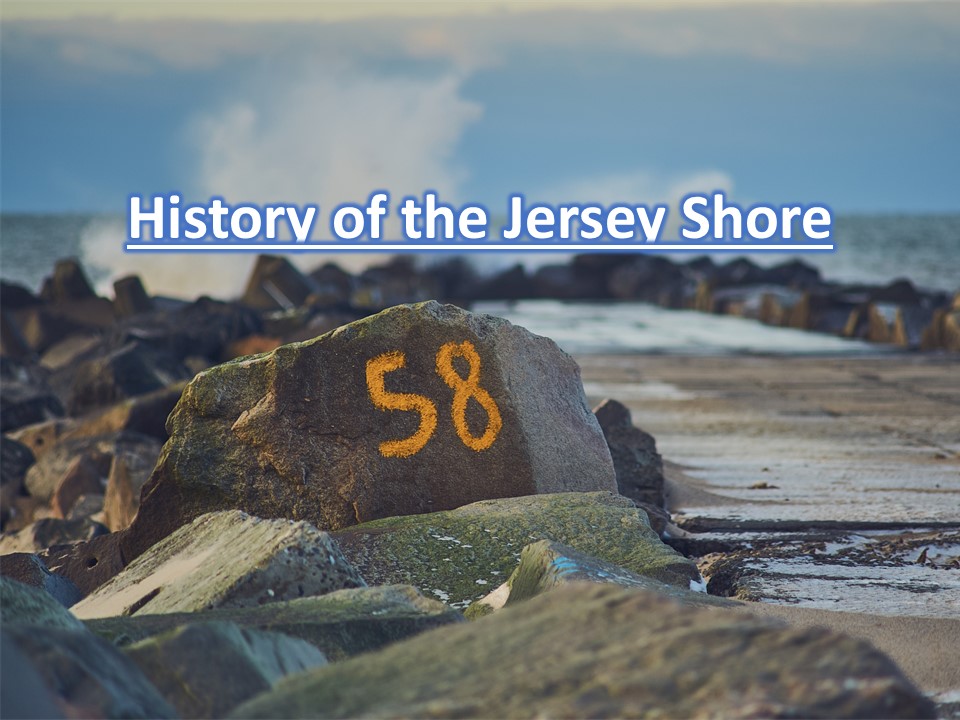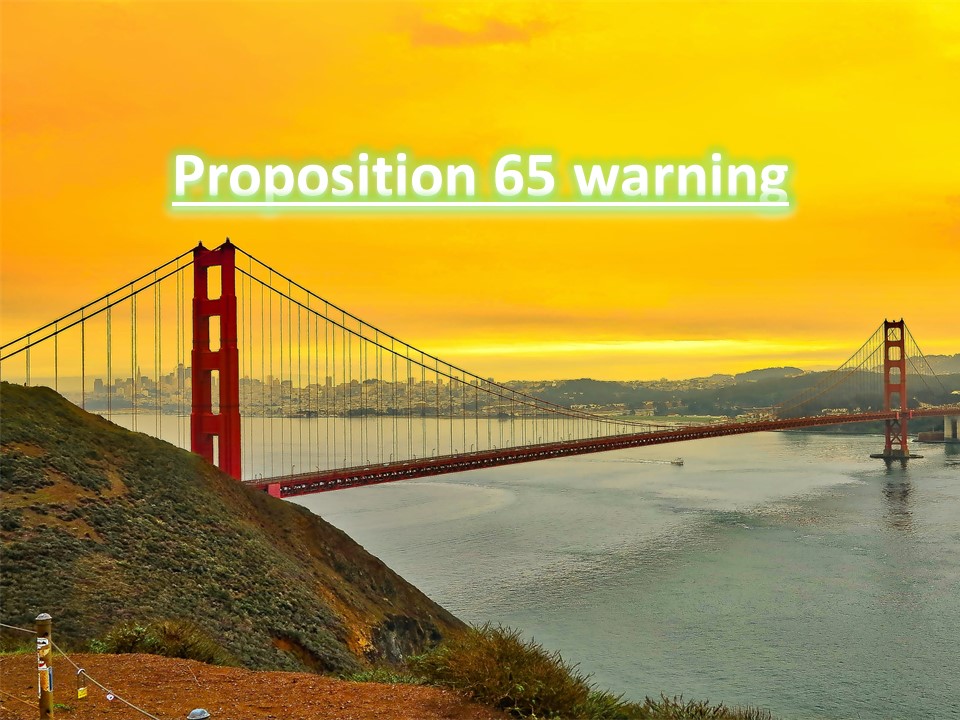24
December
2021
History of the Jersey Shore
The coastal area of New Jersey, a state in the United States, is known as Jersey Shore or The Shore. All the way from Perth Amboy to Cape May Point, this region borders Atlantic Ocean and covers 141 miles. It includes the following counties – Atlantic, Cape May, Monmouth, Middlesex, and Ocean.
Tourists know Jersey Shore for its water parks, amusement parks, and arcades. However, one area that not a lot of people know about is its rich history. It includes Native Americans all the way to World War II. The towns which are along the coast of Jersey Shore are full of mysteries and facts.
The beginning:
According to historians, the discovery of Jersey Shore goes to Henry Hudson, an English explorer. He came across several native Americans, who were the original inhabitants of this land. However, John Colmon, one of the sailors on board Henry Hudson’s ship, was killed by the natives.
The crew had to bury Colmon on the shore before proceeding with their journey. Although Hudson had been in North America for a long time, this was the only negative experience he faced with the natives.
A prominent year in New Jersey’s history was in 1870 when Atlantic City constructed the first boardwalk. It was to prevent sand from entering the trains and hotels. Half the tax revenue earned during this period went into the construction of the boardwalk. Since it separated the beach from the hotels, the residents of the town loved it. The beauty of the boardwalk was that people could enjoy looking at the ocean, without having to step on the beach.
From the years 1847 to 1856, sources state that 64 ships sank, off Absecon Beach. As a result, the government of Atlantic City gave the green light to construct the Absecon Lighthouse.
Shore towns:
There are more than 40 communities and towns that inhabit Jersey Shore. These destinations have a unique character, which is why tourists love coming to this part of the United States. Most of the areas are for summer tourists while only a handful have residents throughout the year.
Atlantic County:
In Atlantic County, Atlantic City, and Brigantine are two popular destinations. Brigantine gets its name due to countless shipwrecks, which took place near its coast. It is home to the Brigantine Lighthouse, which is the symbol of this destination.
In 1976, people had permission from the government to participate in casino gambling. When it comes to generating gaming revenue, Atlantic City comes a close second to Las Vegas. Did you know that the streets of this city were the basis for the original version Monopoly?
Cape May County:
Cape May, Ocean City, and The Wildwoods are notable areas in Cape May County.
Since the founding of Ocean City in 1879, the city made it a law to prohibit the sale of alcohol within its limits. As a result, it is a family-friendly tourist destination.
The Wildwoods consists of four communities – North Wildwood, West Wildwood, Wildwood, and Wildwood Crest. In this region, there is a 1.8-mile boardwalk, which is the center of attention. During 50s and 60s, this region experienced significant growth in the number of motels.
Middlesex County:
Perth Amboy and Laurence Harbor are popular destinations in Middlesex County. In the 19th and 20th century, Perth Amboy was known as a resort town. During the 1990s, there was significant redevelopment in this region, due to investments by small businesses.
Laurence Harbor consisted of a railroad with a station known as Morgon. It got its name from a family, related to Henry Morgan, the infamous pirate captain. They owned close to 645 acres of land in this region. Although it had a boardwalk, the government had to construct a new one.
Monmouth County:
Asbury Park, Atlantic Highlands, Belmar Keansburg, Long Branch, Ocean Grove, Red Bank, Sandy Hook tend to be the center of attention in Monmouth County. Tourists from New York City used to visit Keansburg to escape the heat. Although it had several attractions, various fires in the 80s destroyed most of them.
Ocean County:
Long Beach Island, Point Pleasant Beach, and Seaside Heights are the focal point of Ocean County. Seaside Heights is a resort community, designed to cater to the needs of tourists. Jersey Mike’s sub shop opened its first shop in Point Pleasant Beach in 1956. Long Beach Island is a summer vacation hub for tourists.
History of Asbury Park:
Asbury Park, located in Monmouth County, New Jersey is one of the most popular beach destinations in the state. At the same time, it has a rich history, which everyone should know. James A. Bradley, a manufacturer located in New York City, has the credit of founding this town in 1871.
He gave it the name Asbury Park, after the Methodist Episcopal Church of America’s first bishop, Francis Asbury. Bradley wanted to create a resort town, which would attract a wide variety of people.
Ernest Schnitzler, a German developer, installed Palace Merry-Go-Round in 1888. Later, it became the Palace Amusements complex where Tillie, a prominent mural, resides.
1929 was the year the city got the Asbury Park Convention Hall. Although Asbury Park has plenty of entertainment, live music, shops, and dining places, tourists didn’t visit this place for these establishments.
September 9, 1934 was the date that everyone in the country got to know about Asbury Park. S.S Morro Castle, a ship sailing from Cuba to New York exploded, after which it ended up next to the Convention Hall.
Thousands of tourists used to visit Asbury Park to take a look the doomed vessel. To make accommodation for the sudden influx of guests, the government made Kingsley and Ocean Avenues one-way, so that everyone can take a look at the shipwreck. As a result, the economy of the city went through the roof.
Struggles of Asbury Park:
Most people used the trains to reach Asbury Park, which was a convenient location to access the beach. Otherwise, tourists had to go all the way to Atlantic City, which was harder to reach back in the day.
With the opening of the Garden State Parkway in 1947, the city experienced a decline in tourist footfall. Attractions such as the Garden State Plaza, Six Flags Great Adventure, and Monmouth Mall were a problem for Asbury Park.
The reason is that tourists no longer came to the city to shop or have fun. After the Second World War, the number of residents started to drop, and people preferred to stay in areas with larger backyards and fresh air.
During the 60s:
There was palpable tension in the city, due to racial discrimination. The members of the African American community found it harder to find jobs since these establishments preferred to hire fair-skinned people. On top of that, the residents of the city had to battle poverty, a prevalent problem during this period.
On July 4, 1970:
A group of teenagers decided to take matters into their hands, via acts of vandalization. However, this took a turn for the worse as it catapulted into a full-scale riot. Due to wide-scale looting and use of firebombs, several apartments and businesses were caught in the crossfire.
Along with the police brutality the people faced, it looked like the riot wouldn’t come to a stop. The city had to deal with property damage worth more than $4 million.
Although Asbury Park has a dark history during this period, there were several moments that paint a different picture. During the 60s and 70s, this city was the hub for musicians, due to the lack of tourists. Little did they know that they would be instrumental in bluesy rock, iconic to New Jersey.
Bruce Springsteen used to play in Asbury Park, before he became a significant figure in the music industry. Similarly, Southside Johnny, Asbury Jukes, and Bon Jovi also got their start in this city.
Asbury Park’s economy continued to grow in the 21st century. There are several economic policies which favor businesses, due to which they started setting shop in this city.
The LGBTQIA+ community was also instrumental in the redevelopment of Asbury City. After hosting Sand Blast Weekend, an event where Cyndi Lauper, an 80s pop sensation, performed, the community made significant changes to the city. The members of the LGBTQIA+ community helped the city council to set up small businesses, restaurants, and art galleries. Today, Asbury Park is a popular destination among tourists, due to its vibrant nightlife and mind-blowing attractions!
~JSC
P.S - We hope you enjoyed our article on the History of the Jersey Shore; feel free to 'Like & Comment' below! Head on over to the Shop Now tab, preview Jersey Shore Clothings Collection & Order Today! We could even meet in-person for a small photo shoot once your order is delivered too. Let me know if this interests you & enjoy the rest of your day today!











1 COMMENTS
john - 14 September, 2023 at 17:36
nice
Reply